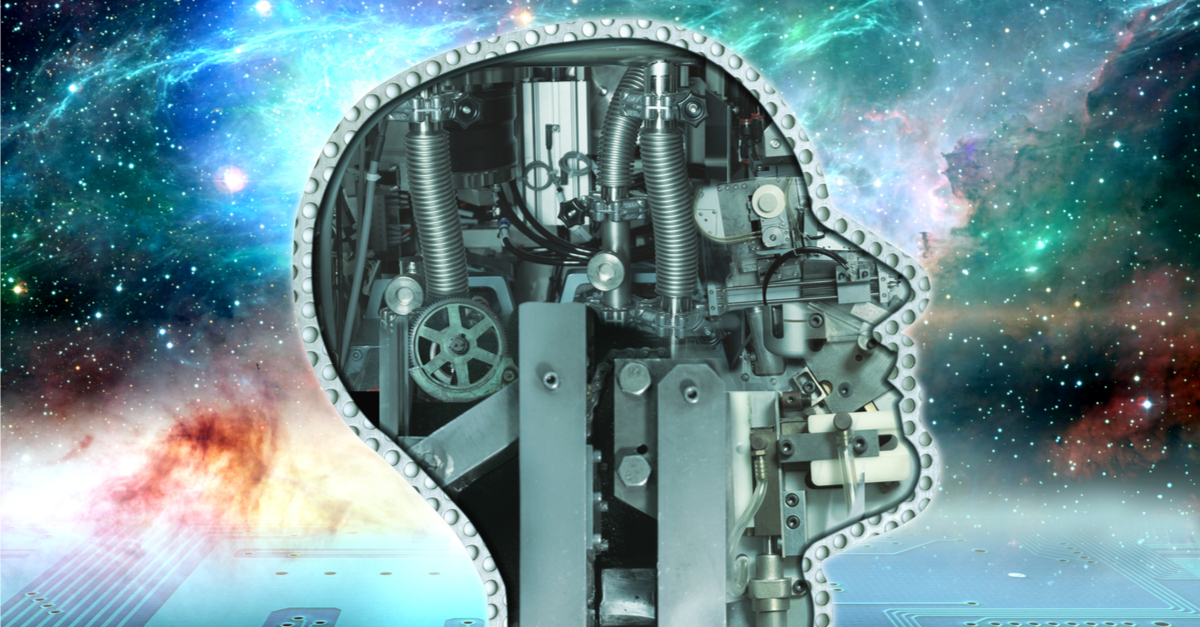 Dr. David Fawcett
Dr. David Fawcett
Addictive processes involve several regions of the brain, but most are focused on a set of structures deep in the midbrain called the reward circuitry (also known as the limbic system). We share this neural circuitry with all mammals. Sometimes called the emotional nervous system, it is responsible for emotions, motivation, smell, behavior, and long-term memory. The key task of the reward circuitry is to keep us motivated to repeat behaviors by giving us little bursts of “feel good” dopamine when we do something that promotes the survival of the species. Such behaviors include cooperation and collaboration, a sense of belonging and connection, sharing good food, enjoying recreational activities, and even humor. The greatest amount of dopamine a human can receive from these natural rewards is with sex, specifically an orgasm.
Various structures of the brain are connected to form the limbic system, including the amygdala, hippocampus, cingulate gyrus, the olfactory bulb, the fornix, and the VTA (ventral tegmental area). The amygdala determines which memories are stored and where, providing a source of emotional context that can guide future reactions. The hippocampus manages those memories, both sending them and retrieving them and playing a vital role in connecting memories of emotions with events. This system is central to our emotions and motivations, particularly those that help people respond to and survive challenges.
Neuroplasticity
We are beginning to understand that the brain is plastic; that is, it continues to evolve and change in response to external stimuli, a process called neuroplasticity. Someone who loses their eyesight will develop heightened awareness of other senses to compensate. In his book The Brain That Changes Itself, Norman Doidge notes that the brain can be viewed as very high-priced real estate.[1] If one’s vision becomes impaired, the parts of the brain that were utilized for sight will be reassigned to other functions. The brain is far too efficient to allow that space to go unutilized.
Through constant adjustment, the brain remains efficient and powerful. Bundles of nerve connections called neural pathways develop as we encounter new experiences and learn new skills. They bind together certain situations and behaviors, resulting in a unique set of tastes, drives, and beliefs about ourselves and the world that become wired into our brains. Throughout our lives, our brains are constantly adapting and adjusting to our tastes and experiences. If we take on novel activities such as learning a second language, our brain begins to provide resources to that effort, creating new neural connections that contribute to its ongoing vitality. On the other hand, if we fall into the same routines day after day, our brains become less engaged and stimulated. In essence, we become what we practice.
Addictions hijack this system by introducing substances and behaviors that trick the brain into releasing much higher levels of dopamine (and other neurotransmitters) than normal. When that occurs, we have a momentary rush of pleasurable feelings followed by a phase of low moods and frequently a strong craving for more. It is precisely through these alternate sources of stimulation of dopamine that addiction develops.
Substances like nicotine release more dopamine than an orgasm, and amphetamines such as cocaine and methamphetamine release up to 12 times a “normal” level. Behaviors such as sex addiction and pornography also provide powerful stimuli for the release of dopamine. The result is a heightened mood that is strongly pleasurable and pushes an individual to repeat the behavior – a misappropriation of our built-in survival mechanism.
These drugs and behaviors are called super-stimulants and, with time, they gradually reset the minimum level of dopamine the brain requires to experience pleasure. Addictions and other compulsive behaviors that are practiced hundreds or thousands of times create neural pathways that permanently change the brain. And it is neural plasticity that is responsible for fusing various behaviors involved in a person’s addiction cycle, such as combining meth and sex, or alcohol and sexual acting out, or marijuana and porn.
Tolerance
It is a hallmark of addiction that tolerance develops. Simply stated, tolerance is the body and brain’s adaptation to substances or behaviors such that more – whether drug, behaviors, or intensity – is required to achieve the same effect. Tolerance is a result of neuroplasticity as well as dopamine’s endless requirement for novelty in types and forms of stimulation. Individuals who combine drugs and sex tend to experience a change in sexual tastes toward kinkier, more taboo, or generally more extreme behaviors and fantasies as a result of tolerance.
Meth users, for example, frequently describe a phenomenon of increasingly dark sexual fantasies and risky behavior. As the brain continually adapts to the addiction, this escalation is necessary to achieve the same amount of excitement and stimulation. To keep the flow of dopamine, many addicts describe behavior in which they cannot stop cruising online sex sites or viewing pornography, or they can’t seem to leave the bathhouse. This is because they are constantly seeking more stimulus and something even more exciting.
This reduction in the number of dopamine receptors in the brain is caused either by the toxicity of drugs or the brain shedding its own receptors in an effort to “turn down the volume” of intensity caused by drugs, sexual acting out, or porn. As a result, when someone enters into recovery, their brains have already adapted to (and require) high levels of intensity. When that stops, they have a period of low dopamine due to damaged reward circuitry.
This can affect their moods. In particular, this can cause a condition known as anhedonia, the inability to experience pleasure. Everything may seem unexciting, unpleasurable, annoying, or hopeless. Fortunately, due to neuroplasticity, their brains will heal and regenerate the neural pathways necessary to distribute dopamine normally. This process can take from 3 to, in the case of extreme meth users, 24 months.
References
[1] Doidge, Norman. (2007) The brain that changes itself: Stories of personal triumph from the frontiers of brain science. New York: Viking.
